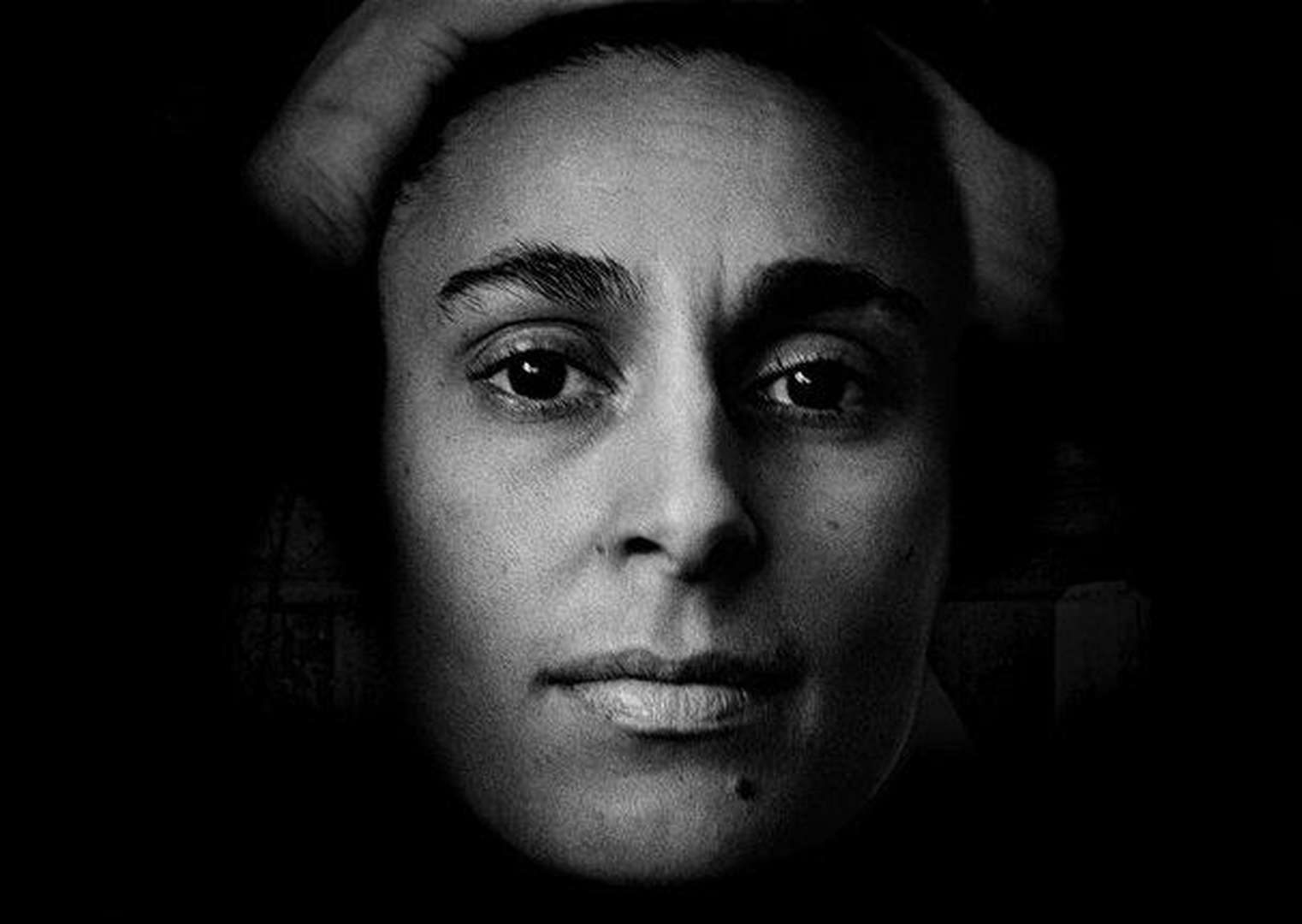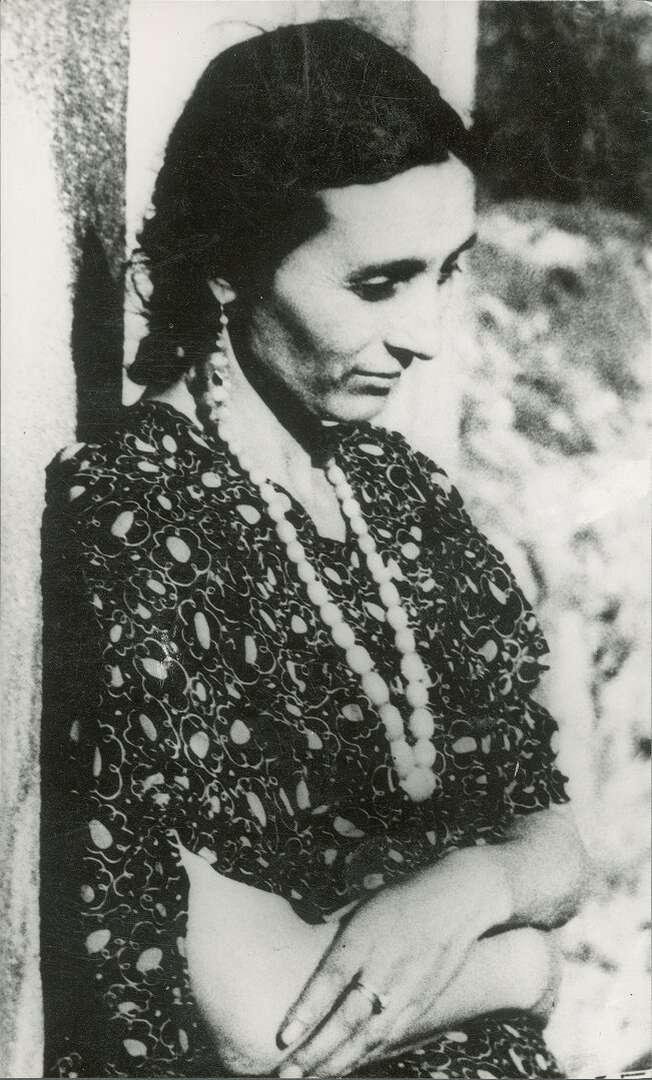While the ‘exotic, wild and seductive Romani woman’ is part of European literary imagery, a Romni is rarely associated with the reading and writing of books. In the public and media discourse, she is portrayed rather as ‘double-discriminated’, ‘endangered’, ‘trapped’, ‘suppressed’, ‘trafficked’, ‘dependent’ and so forth. When we speak about Romani female writers, however, we have to underline some very important facts that challenge all these stereotypes.
The figure of the writing Romni
First, women were not simply following but often pioneered examples of Romani literary writing in some countries (Poland, Romania, Sweden, the former Czechoslovakia) and/or concerning some topics (the Holocaust). Although there is insufficient information to confirm the originality of Gina Ranjičić’s poetry and details about her life, verses attributed to her by Heinrich von Wlislocki are regarded by many Roma as the first poems written by a Romani person in the Romani language. Those works date back to the 19th century.
Furthermore, among the first and the most internationally famous Romani poets, there is a woman – Bronisława Wajs – Papusza. Katarina Taikon in the 1960s and Luminiţa Cioabă in the 1990s became the writers of Romani origin to be known at the national level – in Sweden and Romania, respectively. The German Sintiza Philomena Franz (text sample and the Austrian Lovara Romni Ceija Stojka were among the first Romani and Sinti concentration camp survivors to write books about how they experienced and survived the Holocaust.
Second, although Romani male writers outnumber female ones, the gender balance in Romani literature does not differ at all from that in 20th century literature in general (that is, female writers account for between one quarter and one third of all writers). But in some countries – for example Sweden, Bulgaria and Romania – the most productive, the best known and the most published writers today are Romani women: Katarina Taikon, Sali Ibrahim and Luminiţa Cioabă. Moreover, in the Czech Republic, female Romani writers do, in fact, outnumber male ones.
Third, although Romani girls may have a lower level of education at the primary and secondary school levels, the number of Romani young women at the university level slightly exceeds that of Romani young man (a common characteristic of the majority societies in Europe as well). Some Romani female writers, for example, have strong academic and research interests, while two in the Balkans, Lilyana Kovacheva and Hedina Tahirović Sijerčić, have doctorates and have also written academic books.
It is no coincidence that in countries with a Communist past, Romani women are both more educated and more productive in terms of writing than they are in other countries. The Communist states promoted gender equality in the propaganda discourse and drew up special measures for the emancipation of all women, including Romnja. As a result, Romani women in Communist Eastern Europe tended to receive a better education and integrated at all levels of the social system. During the Romani language publishing initiative in the former Soviet Union during the interwar period, Maria Polyakova and Olga Pankova were among the most active writers and translators of publications of all genres.
Rights held by: Sofiya Zahova | Licensed by: Sofiya Zahova| Licensed under: CC-BY-NC 3.0 Germany | Provided by: RomArchive









